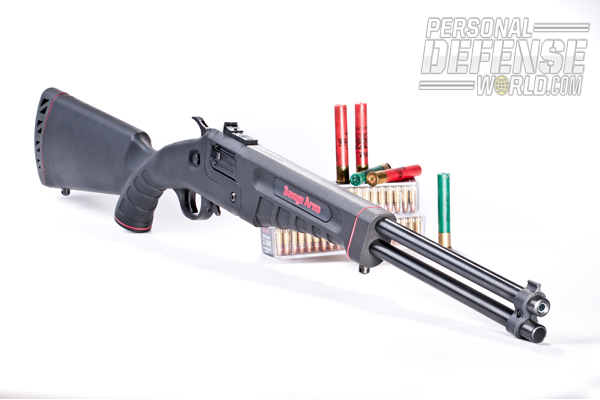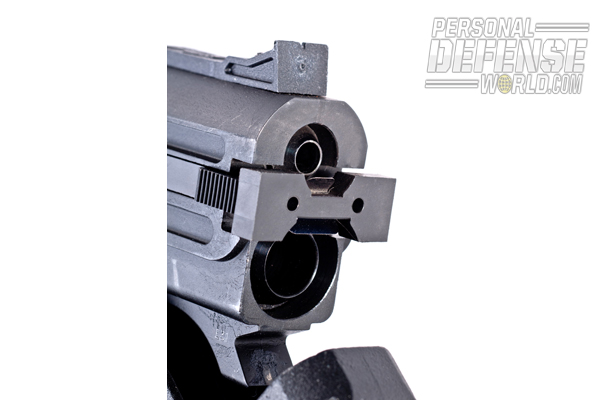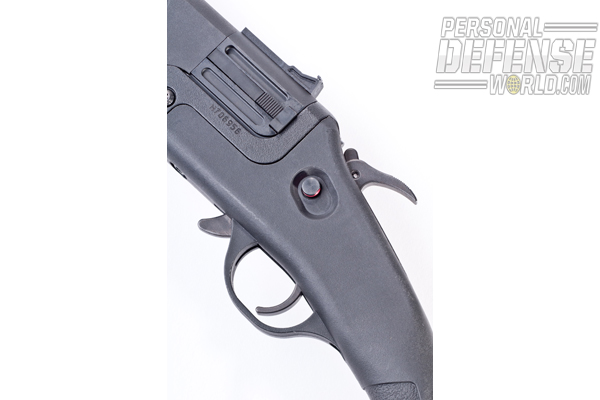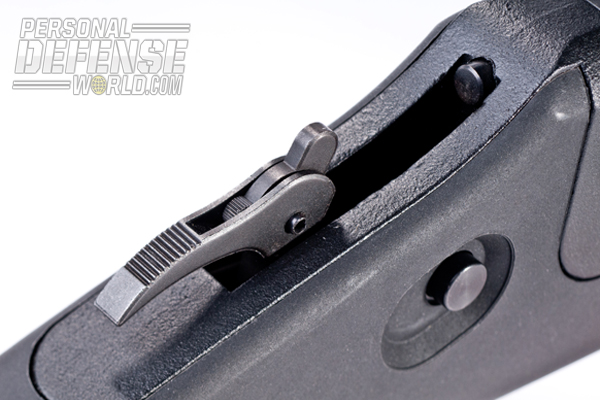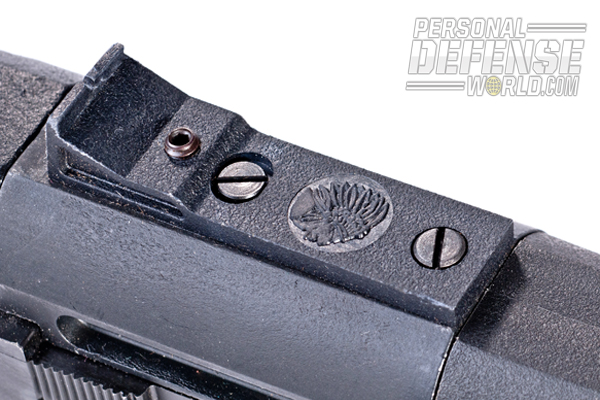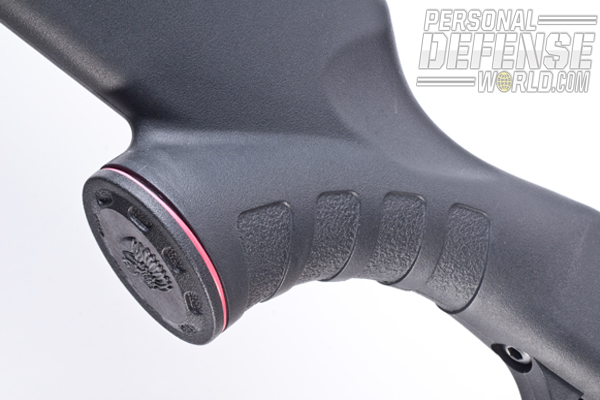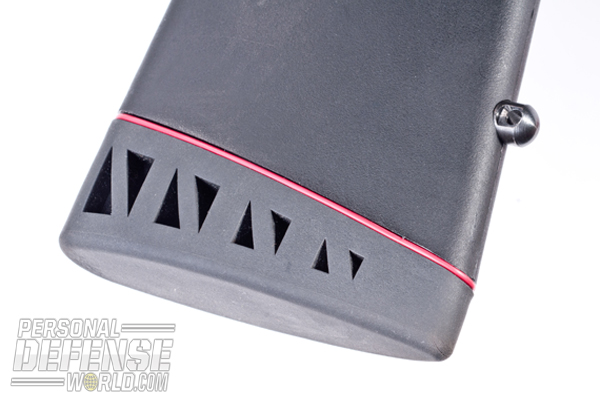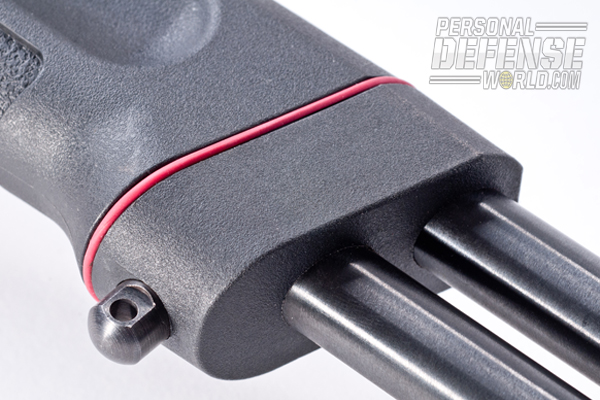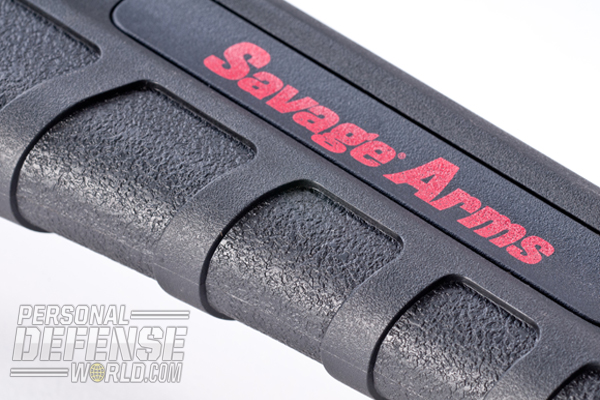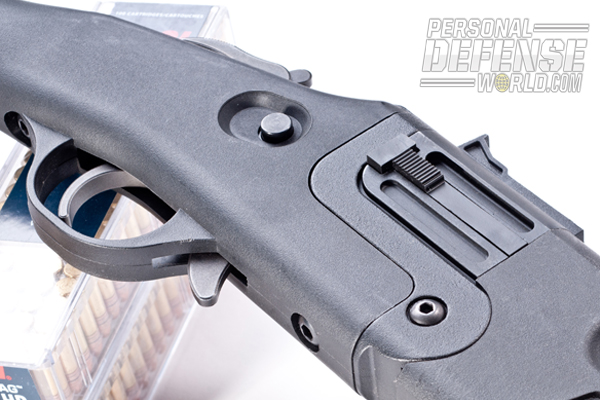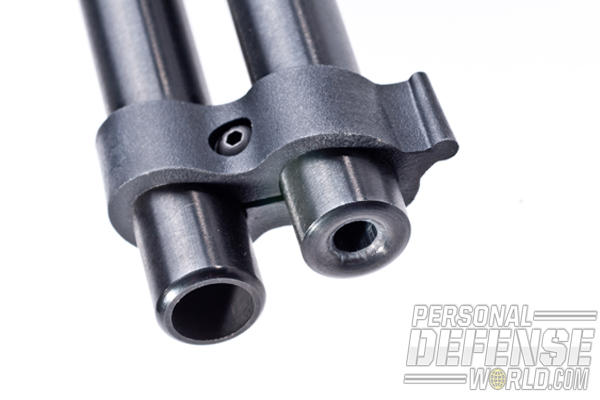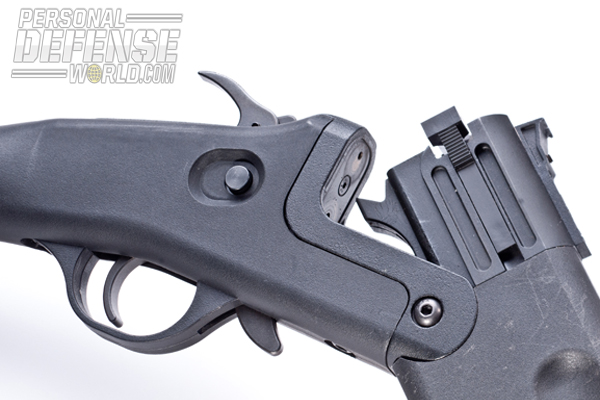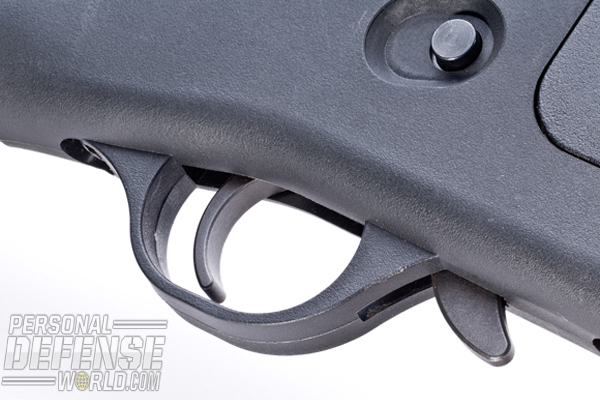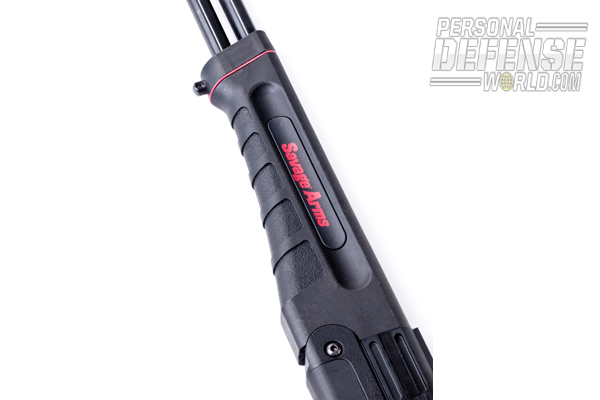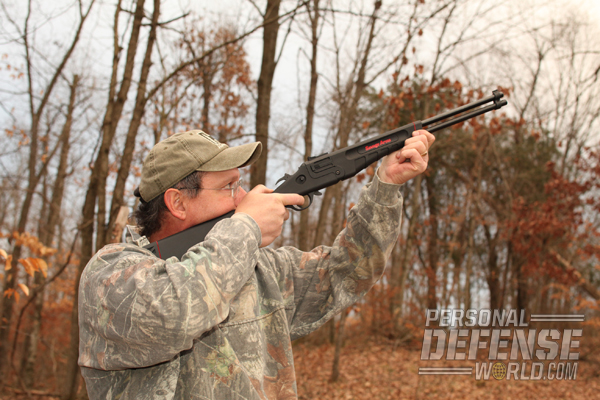I’ve met a lot of colorful characters in my life, but few could match the genius redneck Wayne Roby. I learned a lot from him and could even call him a mentor. He taught me a lot about business, hunting, people and life in general. One of the things I remember about the cigar-munching, tough-as-nails man was his satin-chrome-framed Savage Model 24-DL. It was never any farther away than the cab of his four-wheel-drive pickup truck, and sometimes when we would take a break while working on his West Tennessee farm, he would break out the Model 24 for a little competitive .22 LR rimfire fun.
Thirty years have passed since those days, and although my friend and mentor is now gone, I still have a fondness for the practicality of Savage’s combination guns. According to the Blue Book of Gun Values, Savage manufactured 15 different Model 24 variants from 1950 until 2007, when they discontinued the 24F Predator (and the design altogether).
With more than a million Model 24s sold and continued consumer demand, it wasn’t surprising to see that Savage Arms revived the combination gun concept with its new Model 42. I didn’t wait long to order the little .22 LR over .410 to find out if the new gun would be as accurate and functional as its predecessor.
Advertisement — Continue Reading Below

Out In The Field
When the late summer squirrel season arrived, I unpacked the gun, stuck it in a soft case and tossed it in the back seat of the truck—where it belongs. Arriving at my farm a couple of hours later, I wasjust in time to tack up a target at 25 yards and confirm the sight settings for the .22 LR barrel. That done, I swapped shirts for a bit of camouflage and shoved a handful of .22 hollow points and .410 shotshells in my jeans pockets.
“The tough synthetic stock and simple design make it easy to use in training new hunters…”
I only had to stand still in the cabin yard to hear a hickory nut getting whittled down by a set of limb-chicken incisors. Homing in on the sound, I crossed a draw north of the cabin and eased up onto the next ridge. Topping out on a logging road and stopping to listen again, I zeroed in on a hickory that had produced several early-season squirrels on prior hunts. Easing into rifle range, I watched the tree for movement. I heard nuts being chewed and watched the pieces fall and hit leaves on the way down. After a couple of minutes I found two bushy-tails holding tight. When one of them moved back down a limb toward the tree’s trunk, I rested the gun against the tree I was using for cover. The squirrel made it to the tree’s trunk and flattened out, his head pointed toward the ground. The 20-yard shot was rather easy with the .22. Predictably, the other squirrel broke cover and started to move out. I thumbed the selector lever on the hammer to the .410 barrel and swung on the other as it squirted toward the end of a limb to change trees. The load of No. 6 shot was just enough at 25 yards to hit the squirrel and cause it to work hard to keep hold of the limb. I broke the gun open, snatched out the spent cartridge cases and refilled the tubes. Walking forward a few steps to give the .410 a better chance to finish the task, I drew a bead on the second bushy-tail and fired again. This time it went limp and fell with a thump.
Advertisement — Continue Reading Below
On my way toward the tree, I cut a skinny, straight limb about as big around as my little finger and 2 feet long with my pocketknife. I left a small fork about an inch long on one end and sharpened the other. I did like Wayne Roby taught me and slit the first squirrel’s hind foot in the middle, between the little bones. I slid the sharpened stick through the squirrel’s foot and used it like a fish stringer. I added the second squirrel and resumed my hunt. I wasn’t long before I heard more squirrels cutting and dropping nuts on down the ridge. After an hour or so, I had moved 400 yards along the ridge and added five more bushytails to my stick with an equal number of shots. That was all I needed for a pot of Brunswick stew, so I strolled back to the cabin to dress my game.

Gun Details
The Savage Model 42 combo gun is a vast departure from its Model 24 predecessor. Instead of steel and wood, the new gun employs many of the manufacturing efficiencies Savage has incorporated in other rifle designs over the past few years. In place of wood, what the manufacturer specifies as “synthetic” makes up the buttstock and forend. Much of what was previously steel in the action area is now plastic with a cast metal insert in the lower receiver area. The barrels are set in a cast upper receiver that mates well and locks up tight when the action is closed.
Advertisement — Continue Reading Below
The action lever is located in front of the triggerguard and is easy to activate. The barrel selector is still located on the hammer, and a simple flick up or down selects which barrel will fire. Sights, both front and back, are plastic. To make carrying this lightweight gun easier, a
pair of sling swivel studs are approp-riately located fore and aft. Even though this gun is hammer fired, an added cross-bolt safety blocks the hammer.
The little .22 over .410 weighs 6.1 pounds with its 20-inch barrels. In add-ition to .22 LR, the gun is also offered in .22 Mag over .410. The rate of twist for the rifle barrel is 1-in-16-inches.

Range Time
Advertisement — Continue Reading Below
After that chore was completed and the meat was in the cooler, I grabbed three different .22 LR loads to do some “precision” shooting. My initial shooting experience earlier showed me that this gun shoots high with the .22 barrel. At 25 yards, if I buried the front sight, it would put the groups about 3.5 inches high. Stretching to 50 yards, groups were elevated to more than twice that height. At 10 yards, the shotgun barrel centered the load at point of aim. Obviously, if this gun stays in my stable, it will get some modifications to the sights to put groups dead-on between 25 and 50 yards.
The Savage Model 42 .22 barrel was relatively impressive when tested on the range. The weather was 95 degrees Fahrenheit and windy on this particular day. I was shooting with the aid of a sandbag, and five-shot groups were the measure of comparison at 25 yards. A chronograph recorded velocities 15 feet from the muzzle. The rifle was tested with no optics, relying solely on Savage’s open sights. The addition of a scope would definitely tighten groups, eliminating more of the human variable.
“If someone wants to pick a do-all gun for a last-ditch survival situation, the Model 42 is inexpensive and cheap to feed…”
Federal’s high velocity Lightning rounds proved most accurate out of the four loads tested. The best 5-shot group measured 1.24 inches, with an average velocity of 1,208 fps.
Advertisement — Continue Reading Below
Switching to Remington’s 40-grain Standard Velocity Target round nose cartridges, the best of five groups fired from 25 yards measured 1.62 inches. The average velocity was 1,152 fps.
The third load tested was Winchester’s Dynapoint 40-grain. From the five, 5-shot groups fired, I was able to print a 1.66-inch group. The average velocity for this load was 1,136 fps. As I have experienced with other .22 LR rifles, they seem to respond better with hyper-velocity loads. Winchester’s new M-22 loads are made to function in AR-style .22 rifles, and I had an ample supply. I chronographed this load at 1,255 fps. After reading the velocity data off the chronograph, I had a suspicion that it would group well. It did. The best 5-shot group measured 1.13 inches.
The .410 barrel is cylinder bored fixed choke. That being the case, patterns start opening up dramatically beyond 20 yards with 3-inch shells. At 30 yards, it is stretching the capabilities with No. 6 or No. 4 shot, whereas a standard full-choke .410 is quite capable of hammering small game at 40 yards. At 20 yards, I was able to keep 65 percent of the payload from the Remington .410 shells inside a 30-inch circle with either No. 4 or No. 6 shot. Since the pellet counts were higher with No. 6 shot compared to larger shot sizes, this would be the best choice to put shot into game at reasonable ranges.
Advertisement — Continue Reading Below

Final Notes
A fine all-around combination gun, the Model 42 can serve several roles. The tough synthetic stock and simple design make it easy to use in training new hunters, and it will surely be a favorite among hunter-education teachers. Once a young hunter goes afield, the easy-to-activate action will be a cinch for young hunters with small hands. The simple hammer is another good training device. On the other hand, one could look long and hard to find a better “truck gun,” one that can be carried behind the seat, ready for some impromptu plinking or potting small game. Lastly, if someone wants to pick a do-all gun for a last-ditch survival situation, the Model 42 is inexpensive and cheap to feed.
For more information, visit https://www.savagearms.com.
Advertisement — Continue Reading Below
